|
Hip Dysplasia is a painful condition that causes one or even both hip joints to develop abnormally as the puppy grows. Whilst hip dysplasia is still a common problem among canines, there are some things we can do to help reduce the risk of hip dysplasia as our understanding of the condition has improved over time. In this guide to hip dysplasia in dogs, we discuss in more detail what hip dysplasia is and what dog owners should know. What is Hip Dysplasia?The hip is a “ball and socket” joint that usually fits closely together in order to enable easy movement. Hip dysplasia occurs when this hip joint doesn’t fit together properly and can cause pain, swelling, and even arthritis over time. The ball (the head of the femur, or thighbone) and the socket in the pelvis, also known as the acetabulum, need to grow at equal rates. It is when this is not the case when the deformity occurs. Puppies are not born with hip dysplasia. Whilst the condition can occur relatively young, puppies are in fact born with normal hips and do not have hip dysplasia at birth. This is due to the fact that when puppies are born, their hip joints are cartilage and only become bone as the puppy grows. The process begins shortly after birth if puppies are going to develop the condition and will start showing symptoms which they are about 5-6 months old. Whilst there are no exact rules, the condition tends to be worse in medium or large-breed dogs, dogs that are overweight, and also dogs that have been over-exercised when they were young and growing. Genetic elementsWhilst a lot of the condition and the genetics behind what causes it still remains unknown and environmental factors are important, studies have shown that hip dysplasia is more common in some breeds than others. Whilst this indicates that the condition is in some way genetic, it is challenging for scientists to understand which genes are responsible for the development of the disorder. This is because, whilst some genes are associated with the condition, they are genes that are breed-specific. Therefore the genes that are linked to hip dysplasia are different in different breeds, making the job of scientists extremely difficult. These challenges mean that it is unfortunately unlikely that researchers are going to discover a genetic solution to hip dysplasia that will work across breeds. Whilst genetics have an important role to play, the chance of inheriting the condition is low. Schemes are in place with reputable breeders that check for hip dysplasia before mating two dogs. This can help reduce the risk of the litter developing hip dysplasia. What are the symptoms of Hip Dysplasia?Several symptoms can indicate hip dysplasia. Please note that not all of these symptoms mean it is this condition therefore it is important to visit your vet for an accurate diagnosis. It is also important to note that the condition can occur extremely mildly to begin with, so they may not show any symptoms until the condition has worsened and has led to arthritis.
How is Hip Dysplasia Diagnosed?Your vet will go through your dog’s medical history, check for detached joints, loss of motion, or pain in the hip area. In addition to this blood tests or x rays can also help assess how serious the hip dysplasia in dogs is. What is the treatment?There are several types of treatments that can help improve the condition.
It is important to keep your dog’s weight under control as the extra weight can add unnecessary additional strain on the joint which can cause more pain and worsen the condition. Exercise Whilst exercise can help keep your dogs weight under control, it can also help keep the joint moving. You must keep the exercise controlled though as over-exercise can be harmful. Start with regular, short walks and avoid jumping or chasing unless your vet advises you otherwise. Medication Anti-inflammatory medication or other types of pain relief may be prescribed by your vet Surgery When hip dysplasia is severe in dogs, surgery may be the only option. There are a few options available such as a pelvic Osteotomy, femoral head osteotomy, or total hip replacement. You will need to discuss them with your vet who will be able to advise which one will best suit your dog’s condition. Ongoing care Even if your dog has surgery, you will need to continue treatment throughout the dog’s life in order to keep the condition under control. These additional treatments can help control the pain, improve mobility and improve the dog’s overall quality of life. Joint supplements- these can help slow the development of arthritis Hydrotherapy- the use of water can be a great way to exercise the dog without having to put strain on their joints Physiotherapy- tailored exercises and stretches can help build muscle strength and help take pressure off the hip joints. Most dogs with hip dysplasia end up developing arthritis which can be extremely painful for the dog. If your dog’s pain is severe to the point of not being able to be controlled, then you may need to consider making the difficult decision to put them to sleep. However, your vet will be able to advise whether this is necessary or if there are alternative methods of treatment to try first. Hip dysplasia is, unfortunately, a painful condition that requires lifelong treatment. However, by understanding the condition, knowing what the symptoms are and what forms are treatment are available, dog owners are in the best position to help monitor the condition and help ensure their dog lives a comfortable, long life.
0 Comments
When dogs have neurological disorders the signs can start extremely quickly which is scary for both the dogs and their owners. Whilst the symptoms may not necessarily mean it is something to be concerned about, the treatment options available will be more successful if the symptoms are spotted sooner. Therefore, owners must understand what the signs are. With a range of possible diagnoses and treatments, here we explain the most common neurological disorders in dogs. What are canine neurological disorders?Canine neurological disorders are classed as any illness that stems from the dog’s central nervous system. These disorders are common caused by injury, diseases, or other health issues. As they can target the brain, spinal cord, and nerves and can be severe, they need treatment as soon as possible for an accurate diagnosis. What are some of the symptoms?Whilst the symptoms can vary significantly, here are some of the common symptoms that indicate a potential neurological based disorder in dogs:
How to diagnose neurological disorders in dogs?Whilst there is no single way to diagnose, a veterinary may start their medical investigation by seeking out the answers to the following:
What are common neurological disorders in dogs?Vestibular DiseaseThe vestibular system helps maintain balance and coordination of the head and eyes. If there is a problem with this system, dogs can usually show symptoms such as a strange head tilt, nausea, sporadic eye movement, and even difficulty standing. A specific type of vestibular disease can be found in more mature dogs. Commonly known as Old Dog Vestibular Disease. This adversely affects the balance of the dog and can feel like the room is spinning. These symptoms can be scary for an owner to see and some owners confuse them and assume their dog is having a stroke when this may not actually be the case. Depending on the patient and the severity, there are anti-nausea drugs that can be administered to help keep the dog feeling more comfortable. Spinal DiseasesAn issue with the spinal cord is called myelopathy and signs can vary from pain to complete paralysis. From carrying out imaging tests such as MRI or CT scans, veterinarians should be able to localise the pain and get a clearer understanding of what is causing it. One type of spinal disease is Wobbler Syndrome. This disorder is caused by abnormalities in the back and soft tissues of the neck that lead to the compression of the spinal cord. Over time this can lead to the dog showing an unsteady gait. Once the disorder has been diagnosed, it can often be treated via surgery or a combination of surgery and other medical therapies. A common cause of back and neck pain in dogs that can lead to a lack of coordination is Intervertebral Disc Degeneration and Herniation. (IVDD) . The discs usually function to provide cushioning between the bones and spine, so when this starts to degenerate, it hardens and causes compression of the spinal cord which can be extremely painful. SeizuresSeizures can be a terrifying and traumatic thing for the dog and the owners to see. The fact that they are sudden is part of why they are so scary. Seizures are a sign of abnormal electrical activity in the brain for a varying length of time and can be an indication of several issues. Seizures can be caused by metabolic problems such as a deficiency in vitamins like calcium or because the patient has low blood sugar. Carrying out blood tests should be able to identify this. They could also be caused by something a bit more sinister such as a tumour or infection in the brain. CT and MRI scans again should be able to be used to see if this is the case or to rule it out. If none of these are causing the seizures, the dog could be diagnosed with epilepsy. Once the root of seizures has been figured out, the treatment aims to decrease the frequency that they occur. This can often be done with anti-epileptic drugs or a combination of medication and other forms of treatment. Treatments for neurological diseasesThe treatments available depends on the individual dog and its condition. However, popular treatments that can be used on a range of disorders include hydrotherapy, balance exercises, acupuncture, cryotherapy, and laser therapy - all of which can potentially be effective techniques for pain control. There also may be surgical options available. Whilst some of the disorders will be able to be healed or cured, others may not be and will have to be managed instead.
We understand that neurological disorders can be serious and sudden which is a terrifying prospect for owners. However, by having an understanding of what the symptoms are and what signs to look out for, owners will be in the best position possible to seek medical help urgently if any of these symptoms occur. The swiftness of the response will hopefully help the disorder be diagnosed as quickly as possible and a treatment plan put in place that is tailored to the dog. Horses need exercise on a daily basis in order to keep their athletic shape and stature. Horse owners need to understand the importance of correct exercise and to create an exercises regime that works for their horses’ individual requirements. Here we discuss the importance of exercising your horse for good health as well as some different methods to try. How much exercise does my horse need?The amount of exercise required can vary from horse to horse, and an exercise programme should take into account your horses’ age, ability, condition and any physical problems your horse may have. Horses that live out with out other horses will get more exercise naturally without any effort from the owner as they will be able to move about whilst grazing. If they are kept stabled, they have less space to move around therefore daily exercise is vital. Turning out with other horses allows them to interact and socialise with other horses. Horses are naturally active animals and in the wild horses can cover up to 80km per day. They need to travel to where they can acquire water and then move on to find the best available grazing, so they are always on the move. Once we domesticate horses and keep them in stables and paddocks it can sometime be difficult to give them enough exercise to keep them fit and healthy. Therefore, their exercise needs to be planned and more structured to keep them in the best possible shape. Why do horses need to move a lot?Horses are not den animals - anatomically and physiologically they are designed to be walking around grazing with the occasional burst of speed and endurance, using their muscles for normal feeding posture i.e head and neck down which allows for coincidental ‘drainage’ from the airways. Movement affects every physiological component – the respiratory, cardiovascular, neurological, lymphatic, and digestive systems. Importantly for most ridden horses it affects the musculoskeletal system, keeping joints and muscles functional and flexible. Most of us keep horses to be able to enjoy all aspects of ridden work, and there is no pleasure for either party if our horse is shuffling and creaking along, as opposed to being forward and enjoying their work. What is the best exercise for a horse?This is dependant on many factors – age, ability, condition, and existing physical issues – and what is our end goal? There are so many different levels owners may be looking to achieve, from pleasure riding and amateur competing to elite professional competition. Whichever level we are working towards there must be a basic level of fitness from which to structure an exercise programme which will lead to the owner achieving their goal. Fitness to work is achieved over a related time from a continued response to increases of natural stresses of progressive and planned intensity. Slow steady movement with short bursts of speed lay down the foundations of fitness. We can then build on these basic fitness levels with more sustained training in whatever discipline and level we have chosen, whilst keeping the horse willing and ready to perform and with minimum risk of injury due the stresses of the work we are doing. In any exercise programme the aim is to create a balance of work and recovery keeping the horse mentally and physically in good health allowing them to be ready and willing to perform. RidingThis is the obvious way to exercise and the reason most owners have a horse in the first place. Having achieved a basic level of fitness we can then begin training to increase work levels relative to our chosen discipline. The higher the level of work we require from our horse, the more important it is to allow recovery days – if we continue to add pressure and stresses without allowing physical and mental recovery, we risk our horse becoming sore, reluctant to work and the risk of long-term injury to joints and muscles. Any balanced exercise programme will have a mixture of ridden work, lunging/long reining (if suitable for your horse), hacking and days off plus the daily turnout. All horses should be sufficiently warmed up before any intense work begins, and your warm up programme will depend on your horses’ existing physical condition, aimed at warming up joints and muscles it may take anything up to 25 mins for some horses to be ready to start the more intense part of the schooling session. Once work is complete allow a cooling down period of stretching and unwinding (both mentally and physically). The cool down period is also seen as the horse’s reward for the work they have just given us – we take the pressure off them before we finish our ridden session. TurnoutAs already mentioned, turn out not only exercises your horse by gently and naturally keeping joints and muscles moving, but it is also beneficial for their digestive and respiratory health and their mental well-being. The available amount and quality of the pasture must be monitored so that over eating does not become an issue – no horse wants to work when carrying too much weight and the health implications can be disastrous. Also consider the need for shelter and shade of some sort in the field – especially during some of our summer periods when the heat is intense – horses can also suffer from heatstroke and sunburn – if there isn’t any shade or shelter available, most owners will sensibly turn out overnight. Lunging / Long-reiningThis can be beneficial when done correctly but can be detrimental when done badly. Lunging or long reining allow the horse to work without a rider on their back and gives the rider a chance to watch how their horse is moving. It can be a strenuous form of exercise and some physical conditions will contraindicate lunging but may be more suitable for long reining. In either case, the horse needs to learn how to be lunged or long reined correctly and the handler needs to be knowledgeable and capable enough to monitor and make corrections. HackingThis has many benefits for the physical and mental well- being of your horse. Some riders will allow the horse to hack out on a long rein and use it as a total relaxation session, some will keep the horse working in an outline. Much depends on the character of the horse – it’s not a good idea to hack on a long rein when you are on a spooky horse – and however you choose to hack out, the aim should be that the horse is not under pressure to ‘work’ and can be allowed intervals to stretch out and relax. Even when hacking you will be doing some schooling – moving around parked cars and avoiding spooky objects requires us to use the same ridden aids that we use when schooling. Walk hacking is a great exercise when rehabilitating injuries – a good rhythmical and forward pace is exactly the type of work which helps to develop muscle mass. Walking can be tiring for weak muscles, so as with any exercise programme hacking needs to be tailored to avoid fatigue if your horse has a physical condition that you are rehabilitating. HydrotherapyThe water treadmill or the swimming pool – the water resistance provided by this type of exercise can help rehabilitate certain conditions, it will help build muscle mass and increase cardio-vascular fitness. As with all forms of exercise any underlying condition should be considered before adding it to your work or rehabilitation programme. If joints and muscles are painful or inflamed, then address these issues first with your vet and veterinary physiotherapist. With any form of exercise that is new to a body, it needs to be built into the programme gradually and the animal monitored for any signs of mental or physical stress. In SummaryExercise is beneficial for the health and well being of your horse. Certain factors need to be considered when planning an exercise programme, these factors are based on the individual needs and ability of the horse balanced with the riders’ expectations and goals.
A good basic fitness programme lays the foundations for us to be able to build on, this is especially beneficial for young horses and horses who have been out of work for an extended period. Intense or targeted exercise requires periods of recovery to prevent fatigue and the risk of injury to the joints and muscles. Intensity is relative to the individual based on their age, ability, condition, and any underlying physical problems. Osteoarthritis is extremely common and not just in humans, it can affect a range of animals, especially horses. Also known as a degenerative joint disease, this condition can be debilitating, painful and can lead to reduced athletic function. Here we provide an overview of equine osteoarthritis for horse owners.
What is Equine Osteoarthritis? Arthritis refers to inflammation in the joint and whilst there are numerous types, osteoarthritis is the most common form and can cause an intense amount of pain. Osteoarthritis is a synovial joint disease that breaks down the cartilage which covers and protects the bone ends forming the joint. Over time this begins to thicken due to the continuous wear and the joint no longer functions smoothly. The disease can impact any joint in the body including the hips, jaw, and spine however it usually forms in the knees, fetlocks, and stifles. The condition is chronic and can progress at different rates. There are multiple causes of osteoarthritis which include trauma, aging, and sepsis to name just a few. Which horses can suffer from Equine Osteoarthritis? Unfortunately, this condition can affect all horses regardless of their breed, age or discipline. Therefore, it is a disease that all horse owners should be aware of, take seriously and seek professional medical help if your horse starts to show the common symptoms. What are the symptoms? The symptoms can vary however, they can include swelling in the localised area, lameness, and stiffness. There may also be a cracking or grinding sensation in the affected joint. It can be challenging for owners to establish how much pain the animal is in. As one of the main Osteoarthritis symptoms is lameness, your vet will carry out a lameness work up to help diagnose and accurately determine where the pain is originating. X-rays can sometimes be used to spot lesions however, these will not be visible in the early stages of the condition. You may also notice that the horse is stiff when they start to move when they come out of the stable. However, stiffness does not necessarily mean it is Osteoarthritis and could be a symptom for something else which will have to be ruled out first. What are the methods of treatment? Methods to effectively manage the pain caused by equine osteoarthritis are still limited. However, there are pharmaceutical and non-pharmaceutical options that owners can choose from. Before any treatment options are chosen, any medical condition should be discussed with a vet beforehand. Using the wrong method or delaying the treatment can result in serious consequences, negatively impacting the health of your horse. Pharmaceutical Options
Weight Management One popular non-pharmaceutical treatment method is effective weight management. The number of overweight horses continues to rise and this extra weight can cause significant strain on the affected joint. By increasing their exercise regime and reducing the amount of daily food intake, this can be achieved. As the horse is in pain ensure the exercise remains light and low impact for longer periods. Short intense bursts of exercise could cause more strain on the affected joint. Physiotherapy At the early stages, OA affects movement even before a visible lameness is seen. These subtle changes in movement will lead to compensation as weight bearing is shifted to other areas so it is important to support the whole body. OA can be crippling and can cause your horse a lot of pain as the condition develops. It can also be frustrating for the owner to manage the condition both in the short term and long term. Although the disease is common other conditions have similar symptoms, so if you believe your horse is in pain, you must seek professional veterinary advice. A qualified NAVP veterinary physiotherapist will be able to support you following diagnosis and help manage the symptoms using the many skills in their toolbox such as massage, kinesiotaping and laser. The suitability of each depending on the individual animal following a full assessment. Hydrotherapy has been around for thousands of years due to the healing properties of water. The benefits of hydrotherapy for dogs cannot be understated. Water is used as a form of therapy that aids healing and improves overall health. Whilst humans have been using this method for a long time, using it for animals is comparatively new. Starting with racehorses, they were walked through water to help heal and improve their strength. This then moved onto racing greyhounds and now is regularly used on many forms of smaller animals, including cats and dogs. Here we discuss in more detail what hydrotherapy is as well as the benefits of hydrotherapy for dogs. What is hydrotherapy?The properties of water allow the dog to exercise without having to bear its full weight on the injured area. Doing these exercises can not only improve the circulation of blood to the muscles, but it can also improve overall flexibility and reduce pain and swelling significantly. Hydrotherapy for dogs usually involves walking in water or swimming. A specific treatment plan is structured for each patient, depending on the injury and condition of the dog. Types of Hydrotherapy for dogsUnderwater TreadmillIn many cases, the dog will start off on the underwater treadmill as this more control over the dog’s movements. Therefore, the treatment can be much more targeted. The water level is dependent on the dog and their condition which is why this method of hydrotherapy can be extremely effective, as it can be tailored. The amount of support provided through the water level and treadmill speed to the dog will depend on their condition as well as their progress. WhirlpoolWhirlpool therapy is often used on dogs post-surgery as it can reduce pain substantially. Once the dog has entered the water, a warm jet stream comes on which is essentially massaging the dog and helping ease the pain of their injury. PoolHydrotherapy in the pool is less controlled but is still an effective way to improve mobility and strength. Especially for elbows, chest muscles, and limbs. If the dog is not comfortable in the water, some dogs may prefer the pool as it is more freeing and potentially more fun. However, the treadmill or whirlpool may be more beneficial to them. A pet hydrotherapy specialist will be able to determine whether a treadmill, whirlpool, pool, or a combination will work best for your dog. What conditions can hydrotherapy help?This form of treatment has been proven to help a range of conditions including, but not limited to:
What are the benefits of Hydrotherapy?
Hydrotherapy provides a safe, low-impact form of exercise that can benefit your dog greatly. Not only can it help reduce pain from injuries, but it is also great for improving core strength, weight loss, and building strength.
Whether your dog has orthopaedic, neurological, soft tissue injuries, or some other degenerative medical condition, hydrotherapy could be an important and effective part of their overall health and fitness plan. To find out whether this form of treatment is suitable for your dog and their condition, get in touch with a qualified pet physiotherapist who will be able to advice you on the next steps. People are regularly told about the importance of core engagement to help improve your health and keep a high level of fitness. This is the same for horses. When people ride a horse, they are sitting on the weakest part of the horse's back. Therefore, it is imperative that this area of the horse's body is taken care of and strengthened. Doing daily core exercises can be extremely beneficial to keeping a horse's fitness and strength high. Here, we discuss the benefits of core engagement for your horse.
Arthritis is a common infliction in dogs that can be debilitating. Although it is mainly older dogs that suffer, chronic pain in younger dogs can also be caused by arthritis. Despite arthritis being extremely commonplace, there is still a lot that that dog owners do not know about the condition. Since it can cause your dog extreme pain, it is important to learn as much as you can about it. Even if your dog has not been diagnosed, it is also vital that you know the signs. In our guide for pet owners, we discuss in more detail what arthritis is, what the symptoms are, what causes it, and what treatments are available.
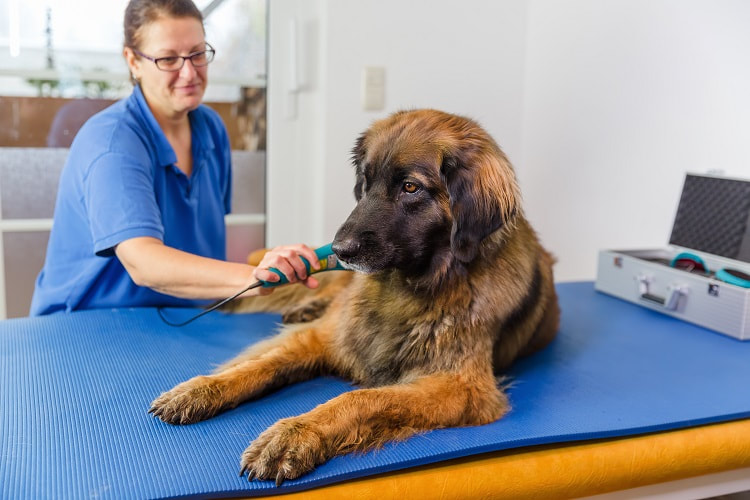 Animal physiotherapy is a holistic therapy based on scientific research and usually carried out under veterinary referral. From horses to dogs, farm animals and more, animal physiotherapy has been proven to significantly improve mobility and health. Here we answer the questions "What is animal physiotherapy?" and "will physiotherapy help my pet?" |
AuthorNAVP Archives
April 2024
Categories
All
|
The Association |
Services |
|
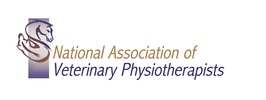
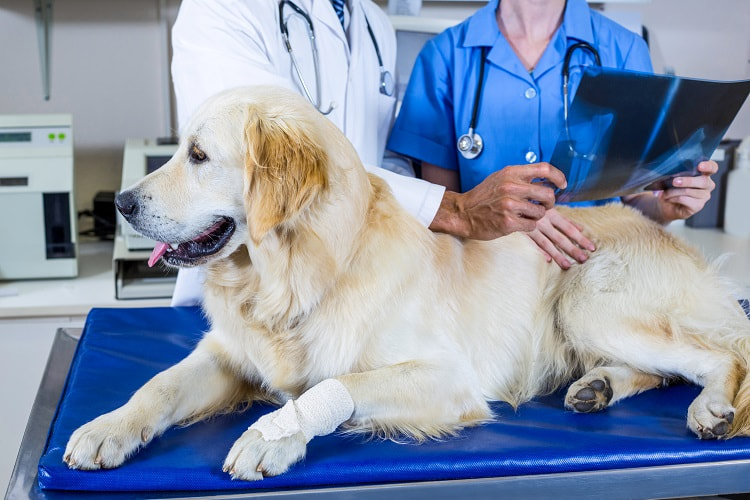

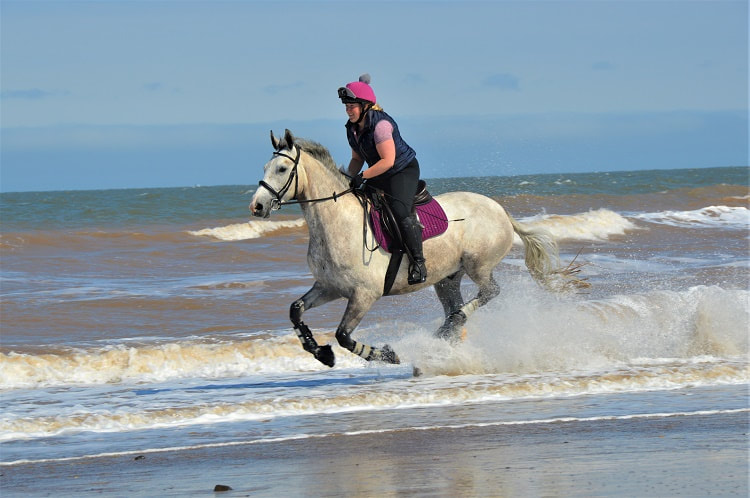
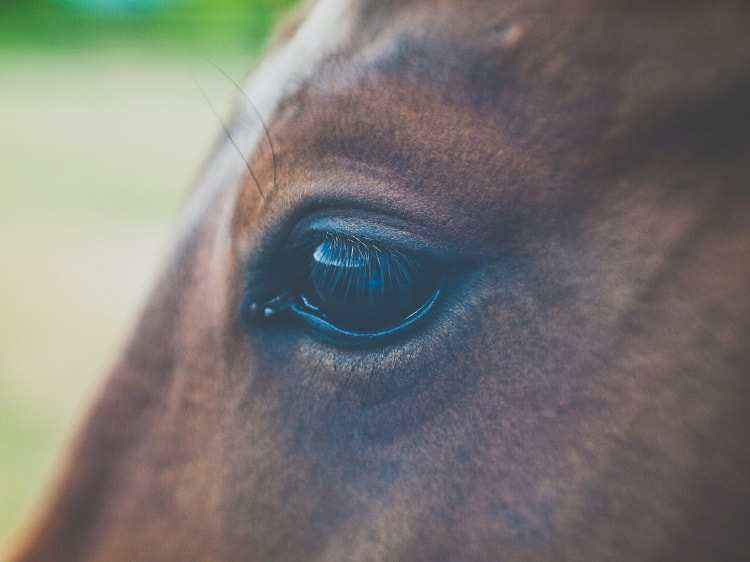
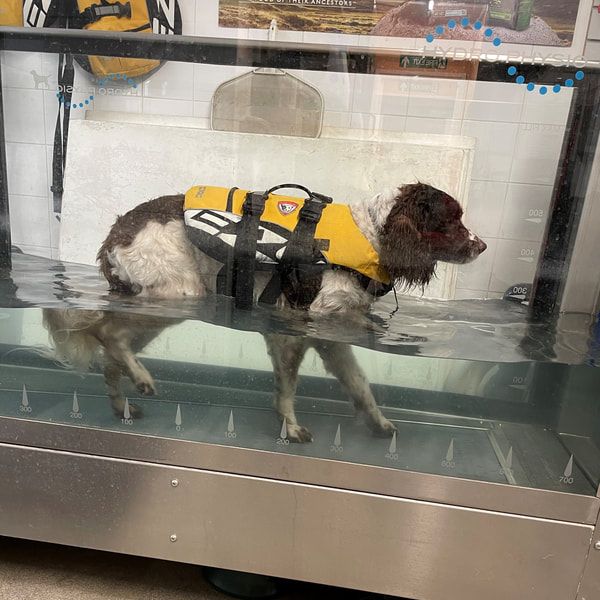
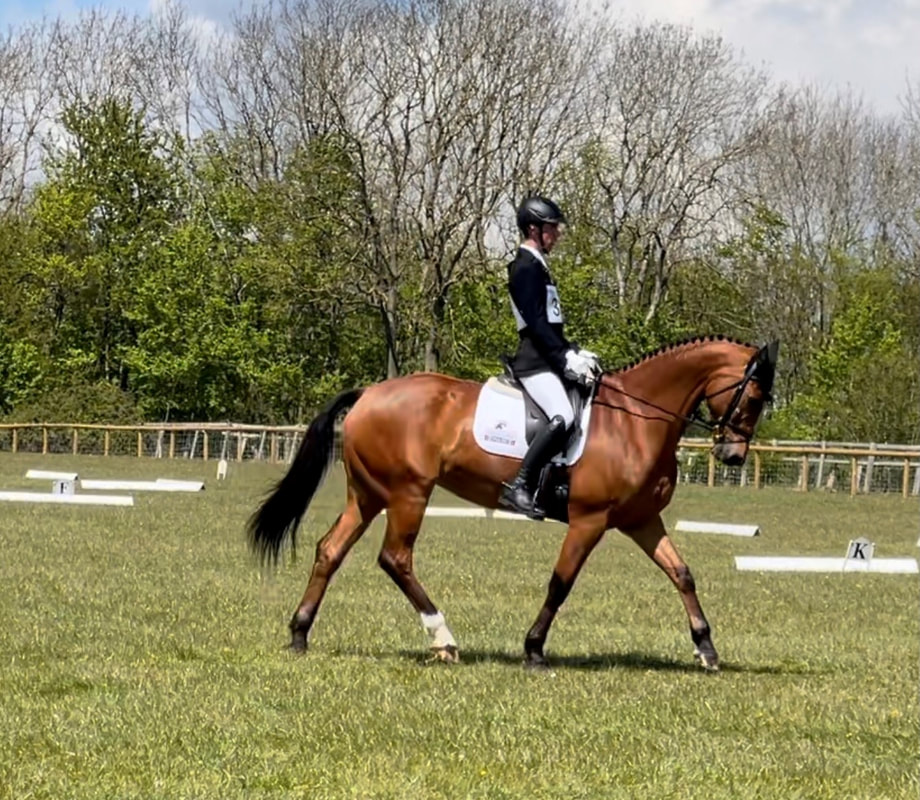
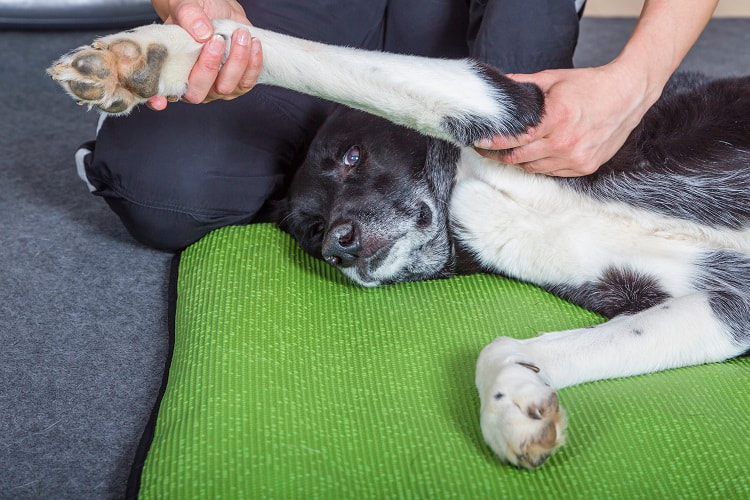
 RSS Feed
RSS Feed